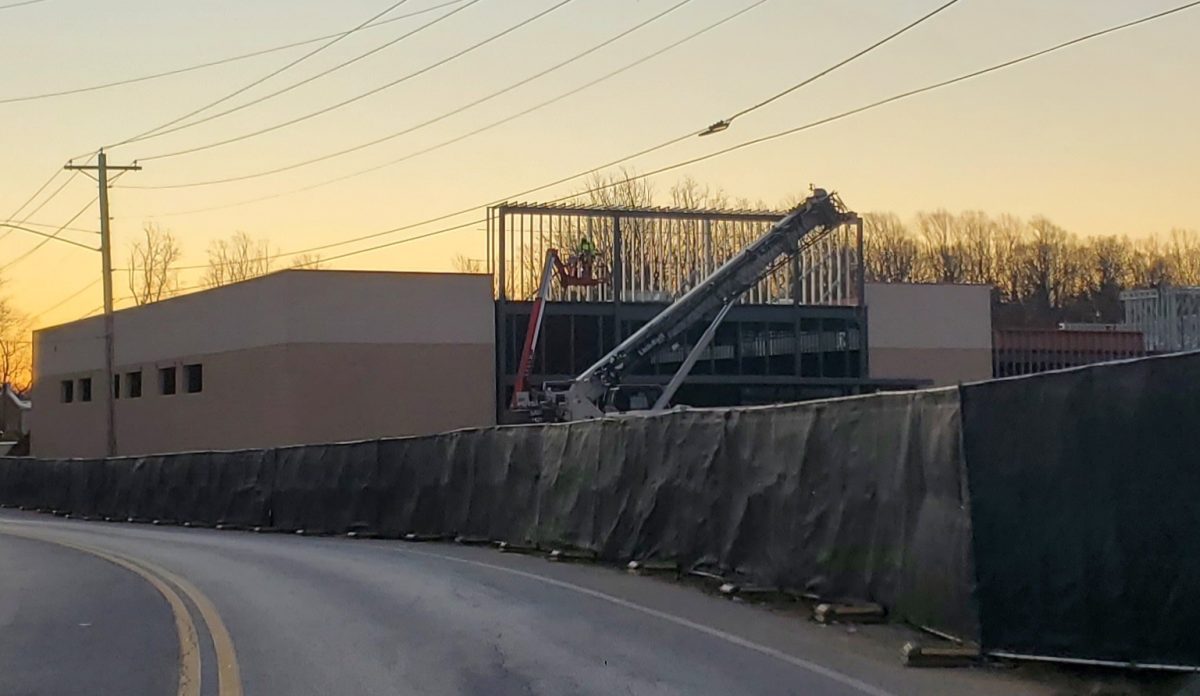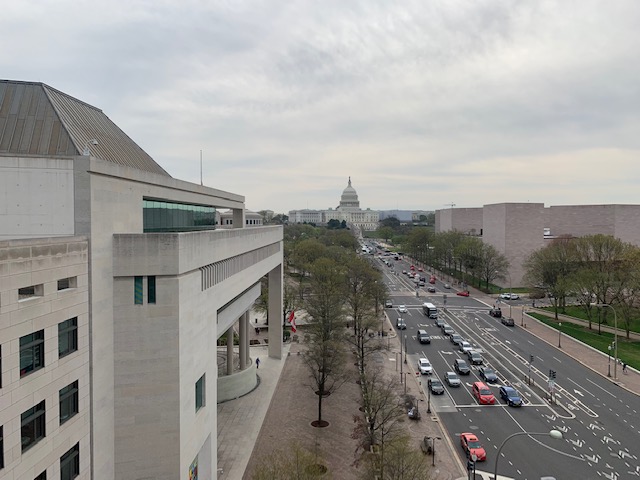Why everyone should go to the Newseum at least once
May 10, 2019
We spend hours scrolling through feeds, tweets, and comments, watching YouTube videos and Snapchat stories, and even posting for ourselves. It’s no secret that social media use has exploded with the growing popularity of the internet. People across the globe can access the world at their fingertips and broadcast any aspect of their life that they so choose.
With the convenience and constant flow of information, it can be easy to forget a time when we didn’t have accessibility. For some of us, we’ve grown up knowing a world with internet and networking; however, for some of our parents, grandparents, and our ancestors, such freedoms were not truly free like they are today.
The Newseum, located in Washington DC on Pennsylvania Avenue, is both a home to all things journalism and a reminder of how far society has grown in its exploration of our first amendment freedoms. The museum stands to educate on the evolution of freedom of speech, press, petition, assembly, and religion, and to show why they are crucial.
To those yawning right now or asking why care, think about it this way: imagine living in a society where democracy was wrong, divergent thinking was banned, and everyone was fed one sided information. How boring would that be? We wouldn’t see memes, like our favorite celebrities most recent picture, be able to share our random shower thoughts, or spread what we find important.
Social media is a form of contemporary journalism, and the Newseum shows how the road was paved for us to be able to express ourselves without restriction. Composed of six floors, interactive exhibits, and full of artifacts from some of the most historic/ iconic events, the museum takes visitors on a journey through time.
Meant to be viewed top to bottom, visitors enter the museum and make their way to a theater where a short video is played explaining the day’s objectives and main takeaways. After viewing the film, visitors pass the Berlin Wall exhibit with a piece of the actual wall taken from Berlin after the end of the Cold War, before going to the glass elevators.
The elevators take visitors to the sixth floor where they get a balcony view of the Capitol building and begin the days exploration. Due to the vast array of things to see, I will highlight three of my own recommendations.
My personal favorite exhibit has always been the room of newspapers with time-changing stories from the 1600s to today. Each paper is encased in a sliding glass drawer, with the year and the event indicating the story on the portion facing viewers. It seems that every time I go, I find another headline that sticks out to me, whether it be something I heard about in history class, or it’s reenacted in a movie I just watched on Netflix. On the surface the exhibit is just glassed in words and pictures, but in actuality, it’s a room that tells a story of how America came to be. I think that’s why I like it so much; if you visit, be sure to find a headline that sticks out to you and take a look at the front page.
My next recommendation is a little more interactive: the NBC News Interactive Newsroom. Much of the news we see today is televised, and this exhibit allows visitors to step into the shoes of broadcast journalists. In front of recording cameras at the “Be a TV Reporter” stations, visitors read from a teleprompter or improv as they report in front of interchanging backgrounds. At the end, visitors can watch their full mock news segment and experience the excitement of being on camera. I highly suggest doing this one with friends, laughs guaranteed.
Lastly, everyone who visits the Newseum should a hundred percent go to the 9/11 gallery. The terrorist attacks that took place on September 11, 2001 are explored with great detail through the reports of journalists who covered the tragedy as it unfolded. The exhibit includes a wall of front pages from all over the world featuring the event, a tribute section to photojournalist Bill Biggart who passed while covering the attacks, a moving documentary entitled “Running Towards Danger,” and artifacts including a piece of the radio antenna topping the World Trade Center and the eagle flagpole topper from the Pentagon. It’s by far the most humbling, eye-opening exhibit of them all to me.
Each of these exhibits shows how journalism has served as a time capsule of history, kind of like the way our pictures and captions on social media capture pieces of our lives at the time. Even though the everyday social media user isn’t a know-all journalist, the amounts of sensationalism in today’s media makes it especially crucial we learn the true marks of genuine journalism and the importance of preserving our first amendment rights.
The next time you open your phone, share, and scroll, remember those who paved the road for free expression for us today.
Be sure to visit the Newseum before December 2019, as it will undergo deconstruction and relocation.


























